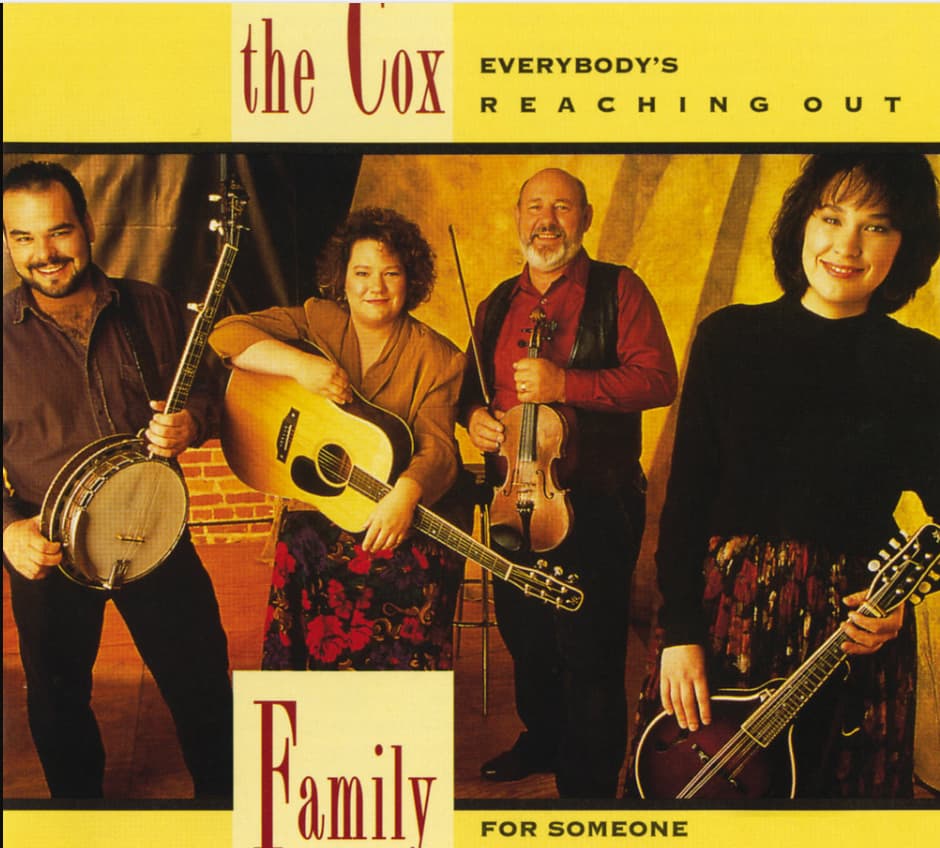
A Beacon of Hope and Resilience: Exploring the Enduring Legacy of “Keep On The Sunny Side” by The Cox Family
The song “Keep On The Sunny Side” is more than just a piece of music; it’s a cultural touchstone, a beacon of hope that has resonated with generations. While many artists have performed this enduring classic, we’ll focus on the rendition by The Cox Family, a bluegrass gospel group known for their tight harmonies and heartfelt delivery. Their version, particularly the one featured in the acclaimed film O Brother, Where Art Thou?, brought the song to a new audience, cementing its place in popular culture.
It’s difficult to pinpoint an exact chart position for The Cox Family‘s rendition as it wasn’t released as a standalone single in the traditional sense. Its impact stemmed from its inclusion in the O Brother, Where Art Thou? soundtrack, which topped the Billboard 200 chart and won the Grammy Award for Album of the Year in 2002. This soundtrack introduced bluegrass and old-time music to a wider audience, and “Keep On The Sunny Side” became one of its most recognizable and beloved tracks.
The origins of “Keep On The Sunny Side” trace back to the late 19th century. Ada Blenkhorn, a songwriter, penned the lyrics in 1899 after her brother, who was suffering from an illness, advised her to “keep on the sunny side of the road.” J. Howard Entwisle composed the music, and the song was first published in 1901. It quickly gained popularity, becoming a staple in gospel and country music. The Carter Family, a pioneering force in country music, recorded their version in 1928, further solidifying its status as a classic.
The song’s message is simple yet profound: maintain a positive outlook even in the face of adversity. The lyrics encourage listeners to focus on the brighter aspects of life, to find hope amidst hardship. Lines like “Though you meet with the darkness and strife, the sunny side you also may view” offer comfort and reassurance, reminding us that even in dark times, there is always light to be found. This message of resilience and optimism has resonated with people across generations and cultures, making “Keep On The Sunny Side” a timeless anthem of hope.
The Cox Family‘s rendition captures the spirit of the original while adding their own unique touch. Their harmonies are impeccable, their delivery is sincere, and the bluegrass instrumentation gives the song a warm, organic feel. The inclusion of this song in the film O Brother, Where Art Thou?, set in the Depression-era South, adds another layer of meaning. The film’s characters, struggling through difficult times, find solace and hope in music, and “Keep On The Sunny Side” becomes a powerful symbol of their resilience.
For those who remember the early days of country and gospel music, “Keep On The Sunny Side” evokes a sense of nostalgia, a reminder of simpler times when music was often used to uplift and inspire. For younger generations, it’s a timeless message of hope and perseverance, a reminder that even in the face of challenges, it’s always possible to find the sunny side. The song’s enduring popularity is a testament to the power of music to connect us to our past, to offer comfort in the present, and to inspire hope for the future. The Cox Family’s rendition keeps this flame alive, reminding us to always “Keep On The Sunny Side.” It’s a song that stays with you, a gentle reminder to look for the light, even when shadows fall.